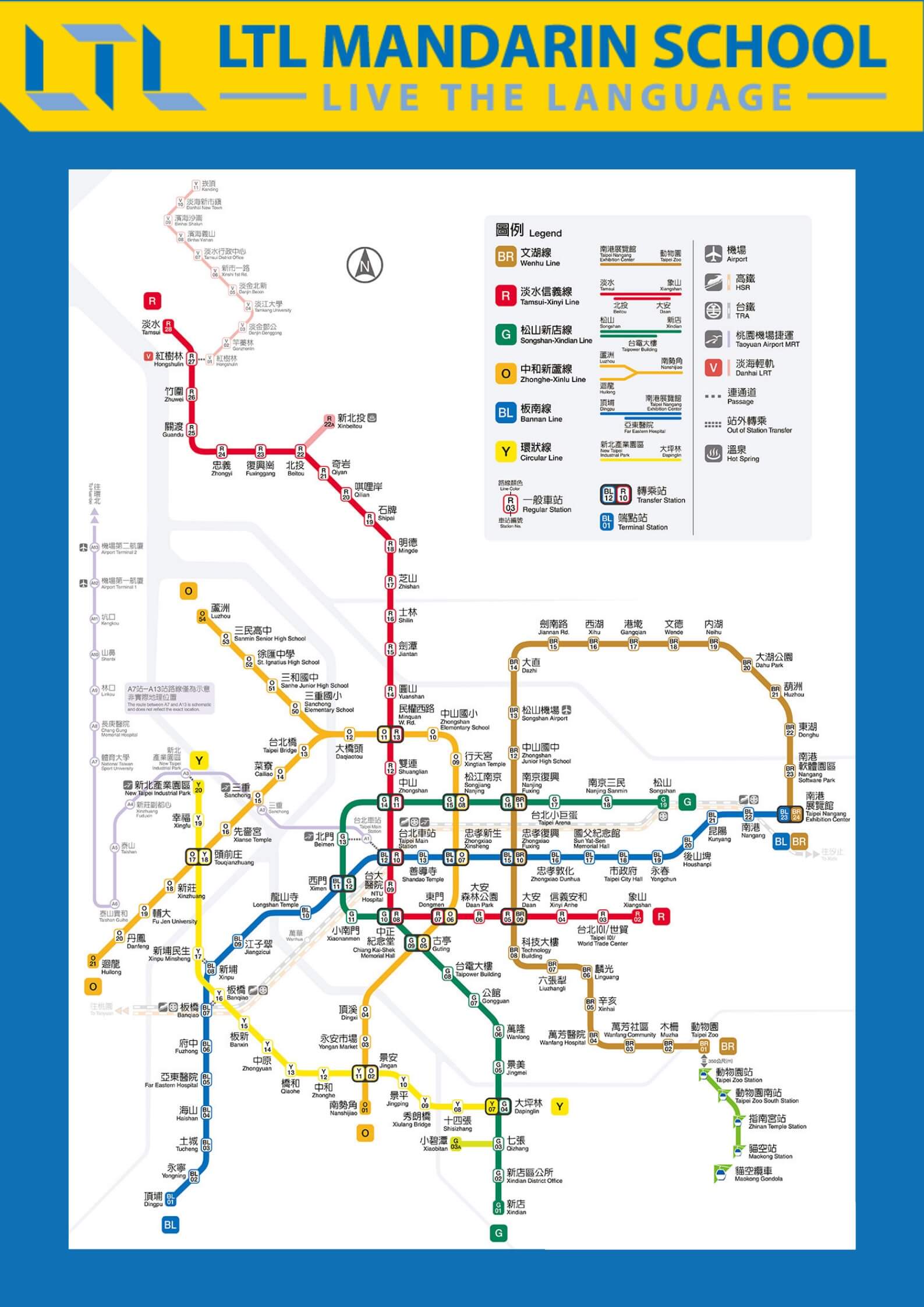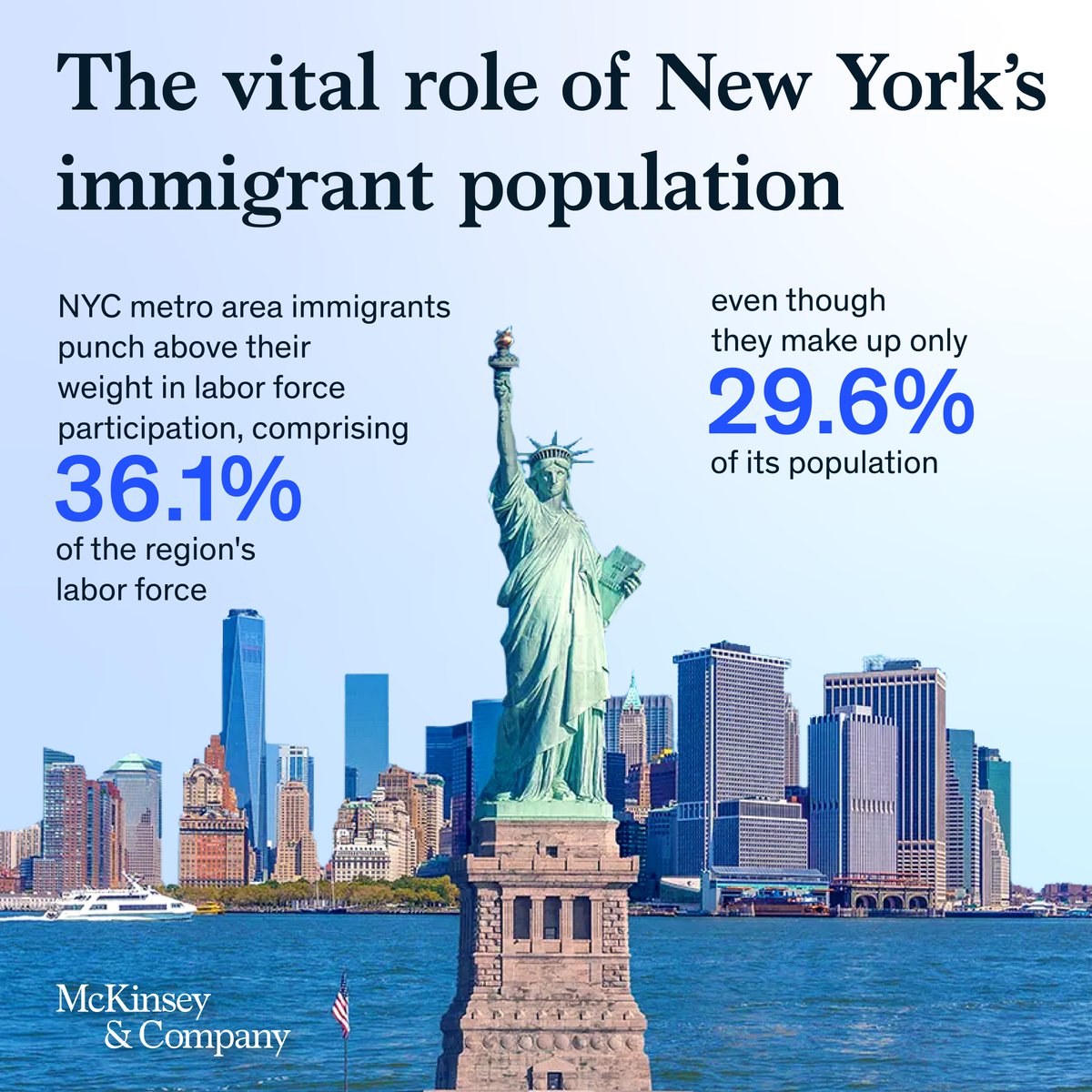Dive deep into the realm of public transportation with our all-encompassing guide to [City Name]'s vibrant metro system. Prepare to uncover the intricate network that seamlessly connects the city's diverse neighborhoods and landmarks, empowering you with unparalleled accessibility.
Editor's Notes: Explore The Vibrant Metro System Of [City Name]: A Comprehensive Guide To Connectivity And Accessibility has just been published as of today's date. In today's fast-paced world, efficient and reliable transportation is paramount. Getting around [City Name] should be a breeze. That's why our team has compiled this comprehensive guide - your ultimate companion for navigating the city's metro system with ease.
Through meticulous analysis and extensive research, we have meticulously crafted this guide to provide you with an in-depth understanding of the [City Name] metro system. Consider it your trusted roadmap for unlocking the city's hidden gems and exploring its vibrant tapestry with effortless grace.
FAQ
This section provides answers to commonly asked questions regarding the metro system of [City Name]. These FAQs aim to provide clarity and address any concerns or misconceptions.

Chennai (MAA) Airport on Twitter: "AAI Chennai Airport stands out as a - Source twitter.com
Question 1: What are the operating hours of the metro system?
The metro system operates from [start time] to [end time], seven days a week. However, specific lines or stations may have varying hours, so it's recommended to check the official website or consult station signage for the most up-to-date information.
Question 2: Is the metro system accessible to individuals with disabilities?
Yes, the metro system is designed to be accessible and inclusive for all riders. Most stations are equipped with elevators, ramps, and tactile paving to assist individuals with mobility impairments. Designated seating areas are also available for individuals with limited mobility.
Question 3: What types of payment methods are accepted on the metro system?
The metro system accepts various payment methods, including contactless cards, mobile payments, and rechargeable smart cards. Cash payments may also be accepted at certain stations. Riders can purchase tickets or top up their smart cards at designated ticket offices or vending machines.
Question 4: Are there any discounts or fare concessions available?
Yes, the metro system offers a range of discounts and fare concessions for eligible riders. These may include discounts for students, seniors, individuals with disabilities, and low-income individuals. It's recommended to inquire at ticket offices or visit the official website for details on eligibility and application procedures.
Question 5: Can I bring my bicycle or pet on the metro?
Bicycles are typically not permitted on the metro system during peak hours. However, during off-peak hours, foldable bicycles may be allowed at the discretion of the station attendant. Pets are generally not permitted on the metro system, with the exception of service animals accompanying individuals with disabilities.
Question 6: Where can I find more information about the metro system?
For comprehensive information on the metro system of [City Name], including schedules, maps, fares, and accessibility features, please visit its official website: Explore The Vibrant Metro System Of [City Name]: A Comprehensive Guide To Connectivity And Accessibility.
These FAQs provide a general overview of the metro system, and specific details may vary depending on the city and its unique transportation network. For the most accurate and up-to-date information, refer to the official sources provided by the city's transportation authority.
By utilizing the metro system, riders can efficiently navigate the city, reducing traffic congestion and promoting sustainability. The accessible and affordable nature of the metro system makes it an integral part of the city's infrastructure, connecting residents and visitors to various destinations seamlessly.
Tips
Navigating the metro system can be overwhelming, especially in a bustling metropolis. Here are some tips to enhance your experience and ensure a seamless journey:
Tip 1: Familiarize Yourself with the System: Study the metro map thoroughly, understanding the various lines, stations, and interchange points. Consider using a mobile app or website for real-time updates and route planning.
Purchase the Right Fare Option: Determine the most suitable fare based on your travel patterns. Explore options such as single tickets, day passes, or monthly passes to optimize cost-effectiveness.
Allow Ample Time: Factor in extra time for unexpected delays or crowded trains. Plan your journey with a buffer to avoid stress and ensure punctuality.
Be Aware of Peak Hours: Familiarize yourself with the peak hours when trains are typically more crowded. If possible, adjust your travel times to avoid these periods for a more comfortable ride.
Respect Metro Etiquette: Maintain a respectful environment within the metro system. Avoid loud conversations or playing music, and give way to passengers exiting the trains.
Stay Alert: Pay attention to announcements, station signage, and train displays to stay informed about your journey and any potential changes or disruptions.
By following these tips, you can navigate the metro system with confidence, ensuring a smooth and efficient travel experience.
Explore The Vibrant Metro System Of [City Name]: A Comprehensive Guide To Connectivity And Accessibility
Navigating the bustling metropolis of [City Name] is made effortless with its state-of-the-art metro system. This comprehensive guide unravels the key aspects that define its unparalleled connectivity and accessibility, empowering travelers to delve into the heart of the city with ease.
- Extensive Network: A vast network of lines and stations interconnects every corner of the city, ensuring seamless travel to even the most remote destinations.
- Modern Infrastructure: Cutting-edge trains and stations boast advanced technology, providing a comfortable and efficient commuting experience.
- Intermodal Connectivity: Seamless integration with other transportation modes, such as buses and ferries, enables swift and convenient transfers.
- Accessibility for All: The metro system is designed with universal access features, catering to the needs of individuals with disabilities, making it truly inclusive.
- Affordable Fares: Reasonable ticket prices and fare structures ensure that public transportation remains accessible to all socioeconomic groups.
- Live Updates and Information: Real-time updates and digital displays provide travelers with accurate information on train arrivals and disruptions, enhancing the overall commuting experience.

Navigating Taipei: A Comprehensive Guide To The City’s Metro System - Source brazilmaprio.pages.dev
Delving deeper into these aspects, the extensive network of the metro system in [City Name] not only connects major tourist attractions but also extends to residential and industrial areas, promoting accessibility for both leisure and work purposes. Its modern infrastructure offers unparalleled comfort, with spacious carriages, air-conditioning, and ample seating. The seamless integration with other transportation modes allows for efficient connections to airports, bus terminals, and ferry docks. The commitment to accessibility is evident in the presence of elevators, ramps, and designated seating areas for individuals with disabilities. Affordable fares make public transportation an attractive option for both locals and visitors alike, while the availability of live updates and information ensures a stress-free and informed commuting experience. Together, these key aspects contribute to the vibrant and accessible metro system that serves as the backbone of transportation in [City Name].
Explore The Vibrant Metro System Of [City Name]: A Comprehensive Guide To Connectivity And Accessibility
Public transportation systems, such as metro systems, play a significant role in enhancing urban connectivity and accessibility. A comprehensive guide to exploring a metro system provides valuable information about the network's layout, stations, and modes of transport, empowering individuals to navigate the city efficiently and seamlessly. This guide becomes particularly crucial for unfamiliar visitors or newcomers seeking to maximize their urban experience.

McKinsey & Company on Twitter: "The #NYC metro area’s superpower is its - Source twitter.com
The connectivity aspect of a metro system refers to the extent to which it links different parts of the city. A well-connected metro system allows for easy and convenient access to major landmarks, residential areas, commercial hubs, and transportation interchanges. It facilitates seamless travel within the city, reducing commute times, traffic congestion, and environmental impact. Accessibility, on the other hand, pertains to the ease of use and inclusivity of the metro system. This includes factors such as step-free access for individuals with disabilities, clear signage and passenger assistance, and real-time information availability. A highly accessible metro system promotes equitable mobility for all.
Beyond the benefits of connectivity and accessibility, exploring a metro system also offers insights into the city's infrastructure, urban planning, and cultural identity. Metro stations often serve as architectural landmarks and community gathering spaces, reflecting the city's aesthetic sensibilities and historical evolution. By integrating with other forms of public transport, metro systems contribute to the creation of a multimodal transportation network, encouraging sustainable mobility and enhancing the overall livability of the city. Understanding the nuances of a metro system empowers individuals to make informed decisions about their travel options, promotes efficient urban exploration, and fosters a sense of belonging within the city.
Posting Komentar